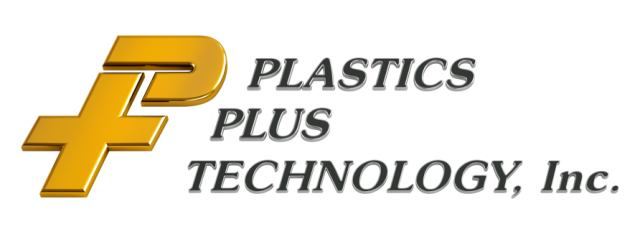ABS (Acrylonitrile Butadiene Styrene)
ABS (Acrylonitrile Butadiene Styrene) is a thermoplastic material that is known for its toughness, rigidity, and heat resistance. It is widely used in a variety of applications, from automotive and electronic components to toys and household goods. With a low melting point and excellent moldability, ABS is an ideal material for injection molding and is often used in the production of high-volume items. Its good impact resistance, combined with its ability to withstand high temperatures, makes it an ideal choice for a variety of demanding applications. ABS is also recyclable and has good dimensional stability, making it an environmentally friendly choice for many products. In summary, ABS is a versatile, strong, and durable thermoplastic material that is used in a wide range of products and applications.
💡 Here is a list of components made from ABS:
- Automotive parts (e.g. dashboards, bumpers, trim)
- Electronic components (e.g. housing for computer peripherals, mobile phone cases)
- Toy parts (e.g. action figures, building blocks)
- Household goods (e.g. kitchenware, bathroom accessories)
- Medical equipment (e.g. diagnostic equipment, prosthetics)
- Sporting goods (e.g. skateboard decks, golf club covers)
- Musical instruments (e.g. drum shells, guitar pickguards)
- Office supplies (e.g. printer cartridges, file folders)
- Piping systems (e.g. drain pipes, water supply lines)
- Consumer goods (e.g. power tools, vacuum cleaners)
💡 Some of the key processing characteristics of ABS include:
- Melt Flow Index (MFI): ABS has a moderate MFI, which makes it easy to process using injection molding and other thermoplastic processing techniques.
- Molding Processes: ABS is well-suited for injection molding and can also be processed using blow molding, thermoforming, and extrusion techniques.
- Dimensional Stability: ABS has good dimensional stability, which means that it does not shrink or deform significantly during cooling after molding. This makes it an ideal material for parts that require tight tolerances.
- Melt Temperature: ABS has a low melting temperature, which makes it easy to process using a variety of equipment and processing conditions.
- Colorability: ABS can be easily colored during processing, which makes it an ideal material for producing parts in a variety of colors.
- Surface Finish: ABS has a smooth surface finish, which makes it easy to produce parts with a glossy or matte finish.
- Weldability: ABS can be welded using various techniques, including ultrasonic welding, hot plate welding, and laser welding, which makes it a good choice for producing parts that require joining.
- Recyclability: ABS is recyclable and can be melted down and re-processed into new parts, which makes it an environmentally friendly material choice.
💡 Some of the limitations of ABS include:
- Chemical resistance: ABS has limited resistance to certain chemicals such as solvents, oils, and fuels, which can cause the material to become brittle or degrade over time.
- Temperature sensitivity: ABS has a limited temperature range, and prolonged exposure to high temperatures can cause the material to become brittle or degrade.
- Impact resistance: Although ABS is known for its good impact resistance, it can be brittle and crack under high-stress or high-impact conditions.
- UV sensitivity: ABS is sensitive to UV light and can yellow or become brittle over time when exposed to UV light for extended periods.
- Cost: ABS is more expensive than some other thermoplastics, which can make it a less cost-effective option for some applications.
- Surface hardness: ABS has a relatively low surface hardness, which can make it more susceptible to scratches and other types of surface damage.
- Clarity: ABS is not a clear material and has a slightly opaque appearance, which makes it a less suitable choice for applications that require high levels of transparency.
- Menu
- About Us
- Social Media
- Contact Us
Under construction. Check back later
Plastics Plus Technology is a woman-owned, USA contract manufacturer based in sunny Southern California. Our custom injection molding and value-added services can provide you with a one-stop job shop for all your injection molding needs.
ISO 9001:2015, ISO 13485:2016 Certified. FDA Registered. Good Manufacturing Practices (GMPs). WBENC.
